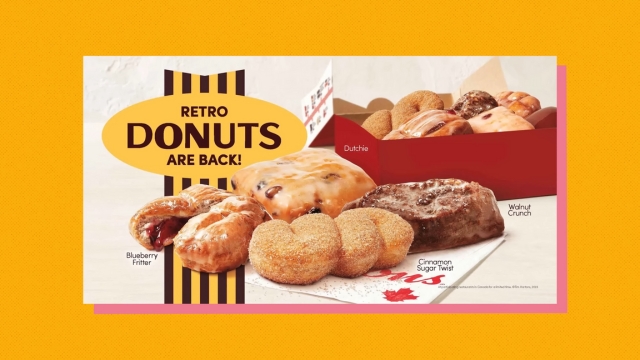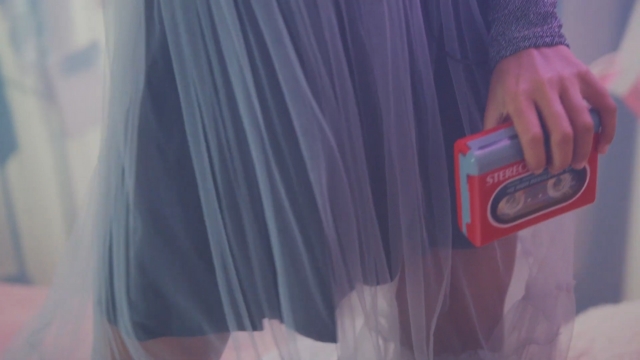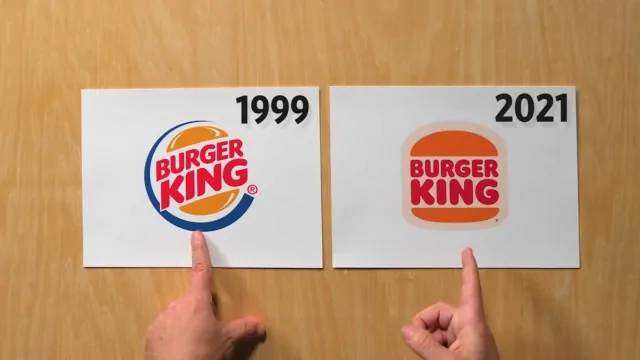Picture a familiar sound like the upbeat intro of a retro jingle or the neon glow of an arcade sign flashing in the night.
Instantly, a sense of warmth and connection takes hold.
Shows like Stranger Things thrive on this very phenomenon, pulling audiences into eras they may or may not have lived through but still feel drawn to.
Nostalgia works as a powerful emotional tool in visual marketing, creating a bridge between memory and modern branding.
Now, let us discuss it in greater detail.
The Psychology Behind Nostalgia
Nostalgia originates from the Greek terms:
- “Nostos,” meaning return home
- “Algos,” meaning pain
The feeling is both joyful and bittersweet, often tied to what are called Proustian moments, where sensory cues unlock vivid memories.
Smells, sounds, or visuals act as gateways to the past, producing a rush of warmth mixed with longing.
Neurologically, nostalgia is linked to dopamine release when memory triggers fire.
Those positive signals not only elevate mood but also create a bond between the stimulus and the individual. Marketing campaigns that leverage nostalgia can reduce stress in consumers, positioning brands as sources of comfort and familiarity.
The emotional reinforcement makes people more likely to remain connected, turning campaigns into long-term memory anchors.
Why Nostalgia Resonates in Visual Marketing
Emotional engagement forms the heartbeat of nostalgic campaigns.
Memories tied to jingles, packaging, or iconic visuals linger for decades, resurfacing whenever similar cues appear in modern marketing.
When a brand revives a retro logo, echoes a familiar design, or builds storytelling rooted in memory, brand recall naturally intensifies.
Customers do not simply see the product; they relive experiences and emotions, creating a deeper bond than traditional advertising often achieves.
A cultural phenomenon often referred to as “rewind culture” has magnified the role of nostalgia in marketing.
Entertainment, fashion, and consumer products all showcase remakes, retro typography, and vintage-inspired aesthetics that dominate modern branding.
Even audiences who never experienced the original era feel drawn to these designs, as if they belong to a cultural archive everyone can access.
Gen Z in particular demonstrates fascination with cassette tapes, Polaroid-style visuals, and 90s-inspired apparel, proving nostalgia resonates across age brackets.
To highlight the reasons nostalgia strikes so effectively, campaigns rely on several cross-generational triggers:
- Old-school fonts and retro typography evoke a sense of timeless familiarity
- Cassette tapes and vinyl records recall the music culture of the past decade
- Faded family photos and summer scenes spark shared memories of childhood
- Vintage packaging or branding instantly signals heritage and continuity
Nostalgia transcends generations by acting as a cultural language that everyone can recognize, even if they never lived through the original era being referenced.
Visual Design Principles for Effective Nostalgia Marketing

Authenticity serves as the foundation for nostalgia marketing. Forced attempts with random retro visuals or superficial references often appear gimmicky and risk alienating audiences.
Campaigns succeed only when nostalgic cues feel natural, thoughtful, and aligned with brand identity.
Emotionally charged imagery carries more weight than strict historical accuracy.
A picnic photo, for example, might not align perfectly with the chosen decade, yet it still sparks the desired feelings of warmth and familiarity. Nostalgia thrives in emotion, not in precise replication of the past.
Balance remains essential. Nostalgia works best as a layer of design rather than the sole defining feature of brand identity.
Brands combine modern usability with vintage accents to appeal both emotionally and functionally.
To illustrate the balance between old and new, marketers often focus on:
- Vintage textures, fonts, and iconography layered with clean, modern design
- Color palettes from earlier decades paired with contemporary layouts
- Practical functionality fused with emotional storytelling
- Products like photobooks that merge retro sentiment with current digital innovation
Through these principles, brands create a sense of comfort without appearing outdated, ensuring that nostalgia strengthens their identity instead of trapping it in the past.
Strategic Uses of Nostalgia in Visual Campaigns

Nostalgia-driven campaigns require more than dusting off an old logo. Precision and strategy elevate effectiveness.
Retro visuals, fonts, and decade-specific palettes create immediate recognition, while parallel iconography provides subtle nods without resorting to direct imitation.
Storytelling amplifies these techniques by weaving narratives centered on childhood, family gatherings, or simpler times.
Such stories foster community and belonging, as they remind audiences of shared cultural experiences.
Aldi’s Kevin the Carrot holiday campaign illustrates this beautifully, blending whimsy with traditional imagery to stir both laughter and warmth.
Timing plays an equally critical role. Nostalgic cues often align with holidays, anniversaries, or product reboots, capitalizing on the heightened emotional state of consumers during these periods.
To maximize emotional resonance, brands employ strategies such as:
- Seasonal visuals tied to holidays and cultural moments
- Anniversary campaigns celebrating product heritage
- Reboots and re-releases of beloved designs or limited editions
- Legacy branding elements reintroduced to connect past with present
It transforms brand communication into an emotional experience that lingers far longer than a standard campaign.
Case Studies
Nostalgia-driven campaigns take many shapes, but the most successful examples prove that carefully balancing old and new is what makes the concept thrive.
By looking at well-known brands that leaned into retro storytelling, visuals, and emotional resonance, it becomes clear that nostalgia can both revive brand identity and expand relevance for younger generations.
Burger King’s Retro Rebrand
View this post on Instagram
Burger King’s retro rebrand serves as a textbook example of how heritage can be modernized for today’s consumer.
Rooted in 70s aesthetics, the campaign introduced bold fonts, warmer palettes, and simplified iconography while staying authentic to the brand’s history.
By leaning into playful visuals reminiscent of old-school fast food culture, Burger King created an immediate emotional link with consumers who remembered its earlier days, while also presenting an identity that felt current for younger audiences.
Nike’s Vintage Sneaker Drops
Nike’s use of nostalgia relies heavily on limited-edition sneaker drops.
These re-releases often showcase designs that carry emotional weight for older consumers who wore the originals, while sparking enthusiasm among younger buyers who view them as cultural artifacts.
Scarcity, combined with retro design, fuels demand and positions the sneakers as both collectibles and style statements.
KFC Héritage Campaign
KFC’s Héritage campaign demonstrated how nostalgia-driven storytelling reinforces long-standing brand continuity.
Recognized with a Kantar Award, the campaign leaned into imagery and messaging that reminded audiences of the brand’s global history.
By highlighting Colonel Sanders, traditional recipes, and legacy visuals, KFC reinforced its trustworthiness while showing consumers that its story continues into modern times.
Viennetta’s TikTok Ad
@a90slife See how Viennetta is made after the original commercial! “Fancy People Food of the 90s.” . . . . . . . . . . . . . . . . #icecream #90s #retro #millennial #nostalgia ♬ original sound – a 90’s Life
Viennetta, a classic dessert brand, found renewed relevance with a playful TikTok ad that layered nostalgia with seasonal escapism.
For older audiences, the visuals evoked memories of celebratory dinners where Viennetta was a centerpiece.
For younger viewers, the ad served as both humorous and aspirational, blending vintage charm with modern short-form storytelling.
Summary
Nostalgia serves as a timeless emotional bridge in visual marketing.
Campaigns that use it wisely build loyalty, reinforce memory, and inspire audiences across generations.
A balance of authentic visuals, emotional storytelling, and modern design ensures nostalgia remains relevant instead of outdated.
By making the past feel alive again, marketers not only capture attention but also move audiences forward with a renewed sense of connection.

